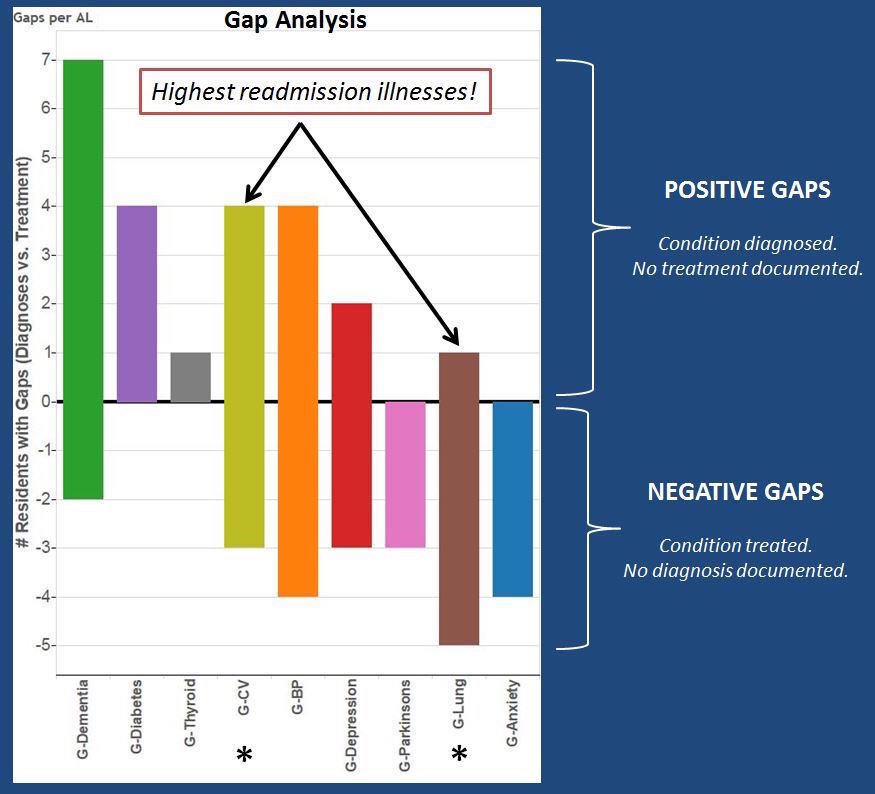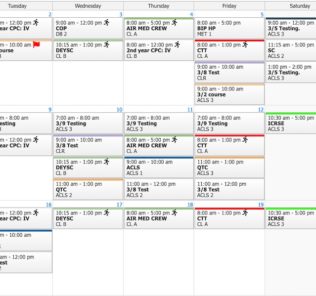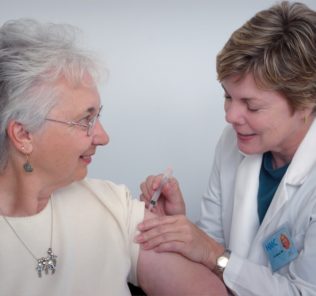Using Gap Analysis to Drive Clinical Simulation Improvements
Gap analysis should be used in the hospital when a patient is harmed or a near miss occurs or an in an ongoing effort to improve patient care and prevent errors. In the academic setting, an instructional gap analysis can be used to improve teaching strategies.
Ultimately a gap analysis should be the justification for all educational activities including simulation. Have you considered how a gap analysis program can fit learning objectives into your healthcare simulation program? HealthySim Staff Writer Dr. Kim Baily shows us what to consider:
There are five main steps in any gap analysis:
Sponsored Content:
- What is currently happening: Identifying the existing process, current knowledge, skills, and/or practice
- Identify the existing outcomes e.g. infection rate or pass rates
- What should be happening? Identify the desired outcome(s). Include best practice, national standards, required pass rates.
- Identify and document the gap between what is currently happening and what should be happening.
- Identify why current practice exists and what the cause of the current practice is (root cause analysis)
- Identify evidence to support the existence of a gap.
Deficits in professional practice are often placed in one of three categories:
- Knowledge (doesn’t know) – cognitive domain
- Skill (doesn’t know how) – technical domain
- Practice (does not do in practice) – behavioral domain.
Learning objectives should be based on the above three domains. For example:
- The learner will verbalize the correct operation of an AED (knowledge)
- The learner will demonstrate the correct operation of an AED (knows how)
- The learner will demonstrate the appropriate use of an AED during a code (applies skills to clinical setting).
Learning objectives must be specific, measurable, observable and discrete and should reflect the needs identified in the gap analysis. Learning objective should be appropriate for the learner group and should clearly communicate to others what learning outcomes the curriculum expects to achieve. Once the practice/learning gaps, cause for the gaps and learning outcomes have been identified, then and only then are the educational strategies/interventions chosen. Do not start with simulation, start with learning gaps and appropriately written learning outcomes.
Consideration for choice of educational strategies include:
Sponsored Content:
- Alignment of objectives with strategy.
- Has the strategy been used before and if so, was it successful?
- What other strategies could be used?
- Are there resources available for the chosen strategy?
The UCLA Course Planning Tip Sheet suggests the following educational strategies:
- Gap in Knowledge:
- Sample teaching method: Lecture, readings
- Sample assessment technique: Quizzes, tests
- Gap in Skills:
- Sample teaching method: Demonstration, case studies, discussion, role play
- Sample assessment technique: Return demonstration, case presentation, essay questions
- Gap in Practice:
- Sample teaching method: Simulation
- Sample assessment technique: Observation in the practice setting
Sufficient financial resources must be available for any chosen educational strategy. Large university based medical centers may be more willing to implement large scale educational activities which include well trained simulation faculty and state of the art simulation labs. Smaller facilities may not have the necessary resources operate a simulation lab. A carefully completed gap analysis may provide evidence that improved outcomes result not only in better patient outcomes but reduce the number of lawsuits and improve insurance reimbursements. And simulation is certainly one proven methodology for improving clinical skills!
Today’s article was guest authored by Kim Baily PhD, MSN, RN, CNE, Simulation Coordinator for Los Angeles Harbor College. Over the past 15 years Kim has developed and implemented several college simulation programs and currently chairs the Southern California Simulation Collaborative.
Have a story to share with the global healthcare simulation community? Submit your simulation news and resources here!
Learn more about Using Gap Analysis to Drive Simulation!
Dr. Kim Baily, MSN, PhD, RN, CNE has had a passion for healthcare simulation since she pulled her first sim man out of the closet and into the light in 2002. She has been a full-time educator and director of nursing and was responsible for building and implementing two nursing simulation programs at El Camino College and Pasadena City College in Southern California. Dr. Baily is a member of both INACSL and SSH. She serves as a consultant for emerging clinical simulation programs and has previously chaired Southern California Simulation Collaborative, which supports healthcare professionals working in healthcare simulation in both hospitals and academic institutions throughout Southern California. Dr. Baily has taught a variety of nursing and medical simulation-related courses in a variety of forums, such as on-site simulation in healthcare debriefing workshops and online courses. Since retiring from full time teaching, she has written over 100 healthcare simulation educational articles for HealthySimulation.com while traveling around the country via her RV out of California.
Sponsored Content:


















